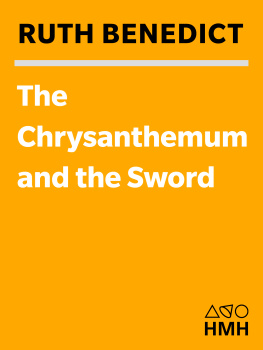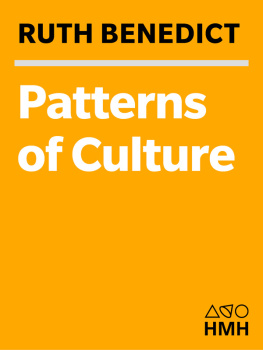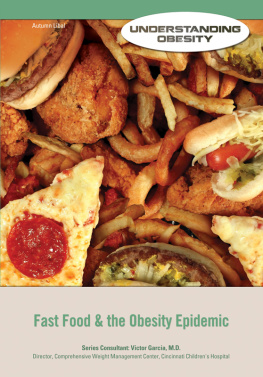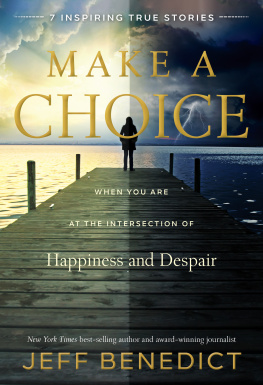POISONED
Also by Jeff Benedict
How to Build a Business Warren Buffett Would Buy: The R. C. Willey Story
Little Pink House: A True Story of Defiance and Courage
The Mormon Way of Doing Business: How Eight Western Boys Reached the Top of Corporate America
Out of Bounds: Inside the NBAs Culture of Rape, Violence, and Crime
No Bone Unturned: The Adventures of a Top Smithsonian Forensic Scientist and the Legal Battle for Americas Oldest Skeletons
Without Reservation: How a Controversial Indian Tribe Rose to Power and Built the Worlds Largest Casino
Pros and Cons: The Criminals Who Play in the NFL (with co-author Don Yaeger)
Athletes and Acquaintance Rape
Public Heroes, Private Felons: Athletes and Crimes Against Women

Copyright 2011 by Jeff Benedict & Associates, LLC
All rights reserved, including the right of reproduction in whole or in part in any form without the express written permission of the publisher.
Library of Congress Control Number: 2013931500
Poisoned
The True Story of the Deadly E. Coli Outbreak That Changed the Way Americans Eat
Jeff Benedict
Includes Bibliographical References
p. cm.
1. Health and Fitness: Diseases-E. coli 2. Business and EconomicsFood Industry 3. Law: Personal Industry
I. Benedict, Jeff, 1966 II. Title.
ISBN 13: 978-0-9887979-4-9
Cover Design by Tom Stvan 
 Book Design by Sarah Pulsford
Book Design by Sarah Pulsford
February Books
215 Park Avenue South
New York, NY 10003
www.februarybooks.com
To Lauren, a daughter whose time was cut short.
And to Roni, a mother who made the right decision.
CONTENTS
Twenty years ago todayon January 17, 1993the State of Washingtons department of health announced that an E. coli outbreak was under way in the state and was likely linked to tainted, undercooked hamburgers served at a number of Jack in the Box restaurants. At the time, most Americans had never heard the term E. coli O157:H7. The Centers for Disease Control and Prevention (CDC) didnt list it as a reportable disease. Only four state health departments even tracked the pathogen. Other than a few microbiologists and food scientists virtually no one knew the organism existed in food.
But all of that changed as the outbreak rapidly spread throughout the West, tracked by the nightly news at all three major television networks, as well as virtually every big newspaper in the country. The idea that a hamburger could be lethal was a frightening wake-up call. Before the dust settled, over 750 children were poisoned and four had died. Secretary of Agriculture Michael Espy was blindsided. So were the U.S. Department of Agriculture (USDA), the Food and Drug Administration (FDA), and the CDC.
Poisoned is a behind-the-scenes account of the outbreak that introduced America to E. coli and opened our eyes to the fact that food safety can be a matter of life and death. It is a jarringly candid version told through the principals at the center of the fast-moving disasterthe families whose children were poisoned, the Jack in the Box executives who were at the helm during the outbreak, the physicians and scientists who identified E. coli as the culprit, the lawyers who brought a massive class-action suit against Jack in the Box, and the lawyers who defended the fast-food chain. All of these parties cooperated with me for this book.
I conducted more than two hundred on-the-record interviews. I also received more than a hundred written answers to factual queries sent to sources via email. Most of these electronic communications involved detailed follow-up questions to prior interviews. I had access to deposition transcripts, thousands of pages of discovery documents (internal corporate records from Jack in the Box, medical records from numerous hospitals and doctors offices, and insurance records), and billing records and internal memos from numerous law firms involved in the Jack in the Box litigation. I was also given access to a trove of private papers, letters, photographs, and videos associated with the outbreak.
My primary objective is to tell this epic story in a manner that is true to the compelling characters who shaped this historic case. I am indebted to the victims and the survivors who were willing to endure some emotionally grueling interviews that were often interrupted by tears, both theirs and mine. Im thankful to the doctors and lawyers who took so much time to educate me on the complex medical and legal issues at play in this case. And without the trust and cooperation of the Jack in the Box officials, this story would have been incomplete.
The Jack in the Box outbreak is considered the meat industrys 9/11. As soon as hamburgers killed kids, everything changed. Congressional hearings were held. The national media put a spotlight on the industry. State and federal health codes were upgraded. E. coli became a reportable disease among all state health departments. Mandatory internal cooking temperatures for beef were raised to 165 degrees throughout the country. Even the warning labels that you see on all the meat and poultry sold in the supermarket today are a direct result of the Jack in the Box outbreak.
But the Jack in the Box case has had implications that reach far beyond the meat industry. The case gave rise to the nations first and only law firm dedicated solely to representing victims of food poisoning. Based in Seattle, Marler Clark LLP is the creation of Bill Marler, who as a fledgling personal-injury lawyer took on Jack in the Box and in the process became convinced that the problem of food safety extended far beyond one restaurant chain and one pathogen. His firm, which works with physicians, former public-health officials, and scientists around the world, has helped transform the way outbreaks are handled by health officials, insurance companies, and the news media. Marler has also led the charge on food-safety reform in Washington. Without question, few individuals have had more influence on the shape and direction of food-safety policy in the U.S. over the past twenty years.
Another far-reaching legacy of the Jack in the Box case is the area of public awareness. In the outbreaks aftermath, books like Fast Food Nation and The Omnivores Dilemma became runaway best sellers. Farmers markets sprang up everywhere. The organic movement exploded. Grocery chains like Trader Joes and Whole Foods have become billion-dollar companies by marketing natural and wholesome foods. Today even Wal-Mart offers a large selection of organic products.
In short, since 1993, food safety has emerged as a serious public-health issue in America. The CDC estimates that foodborne disease causes about 48 million illnesses per year. Roughly one in six Americans get sick from bad food. Many of these cases are mild gastroenteritis, commonly referred to as the stomach bug. But too many food poisoning cases are more serious, resulting in approximately 125,000 hospitalizations and 3,000 deaths annually. The fatalities are often children and the elderly.
Besides the obvious human toll, theres an economic side to this. Foodborne illness in the United States costs about $152 billion a year. Thats the sum of medical expenses, insurance costs, and lost wages. Its a staggering number. But its not surprising given the number of major outbreaks in recent years. In 2010, more than half a billion eggs were recalled after nearly two thousand people became ill with
Next page











